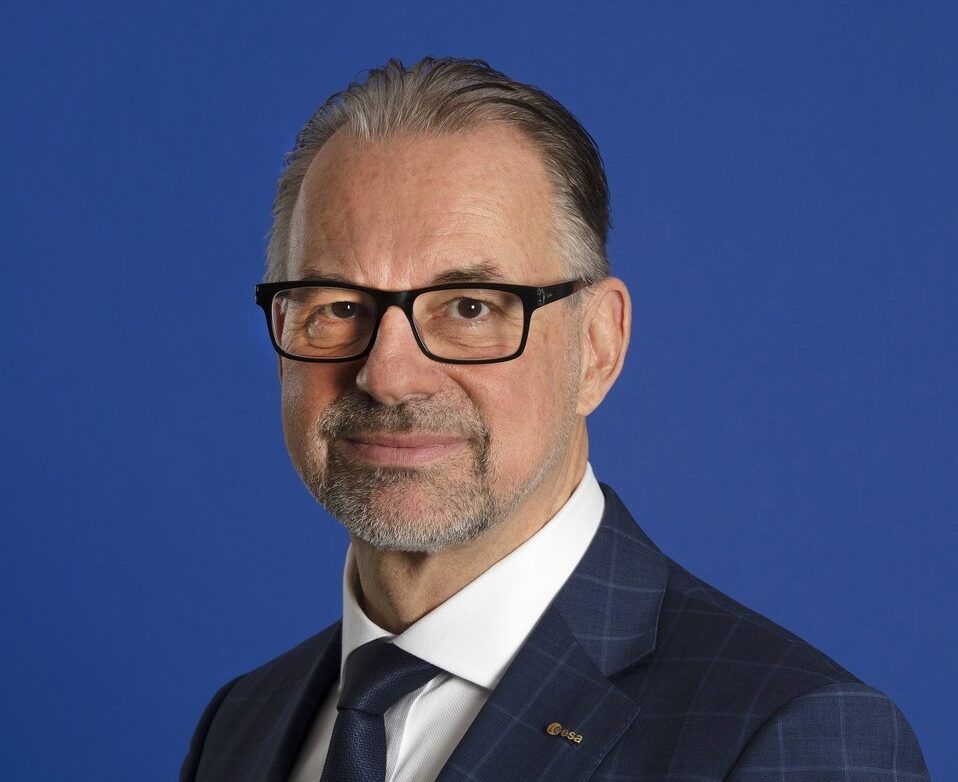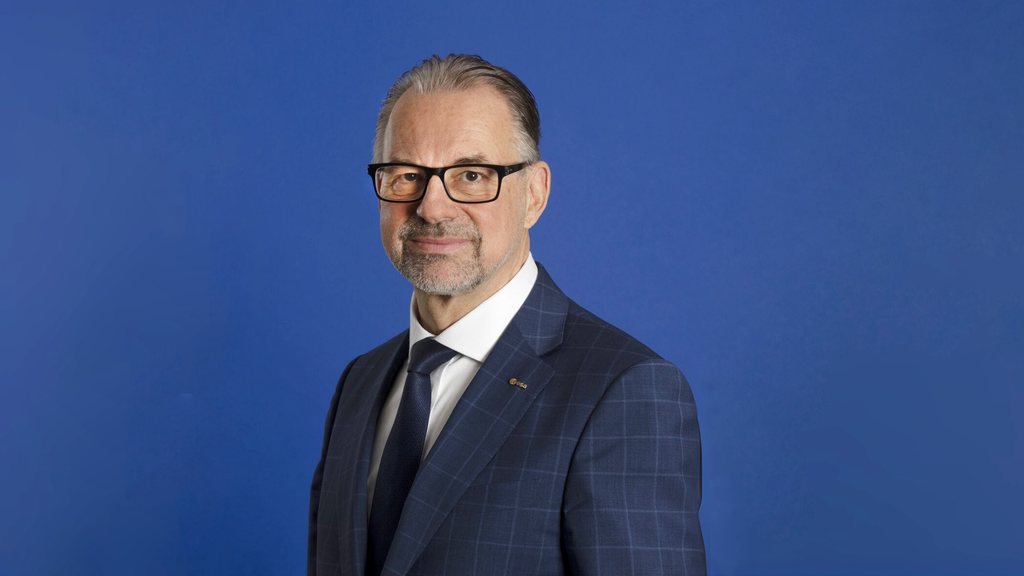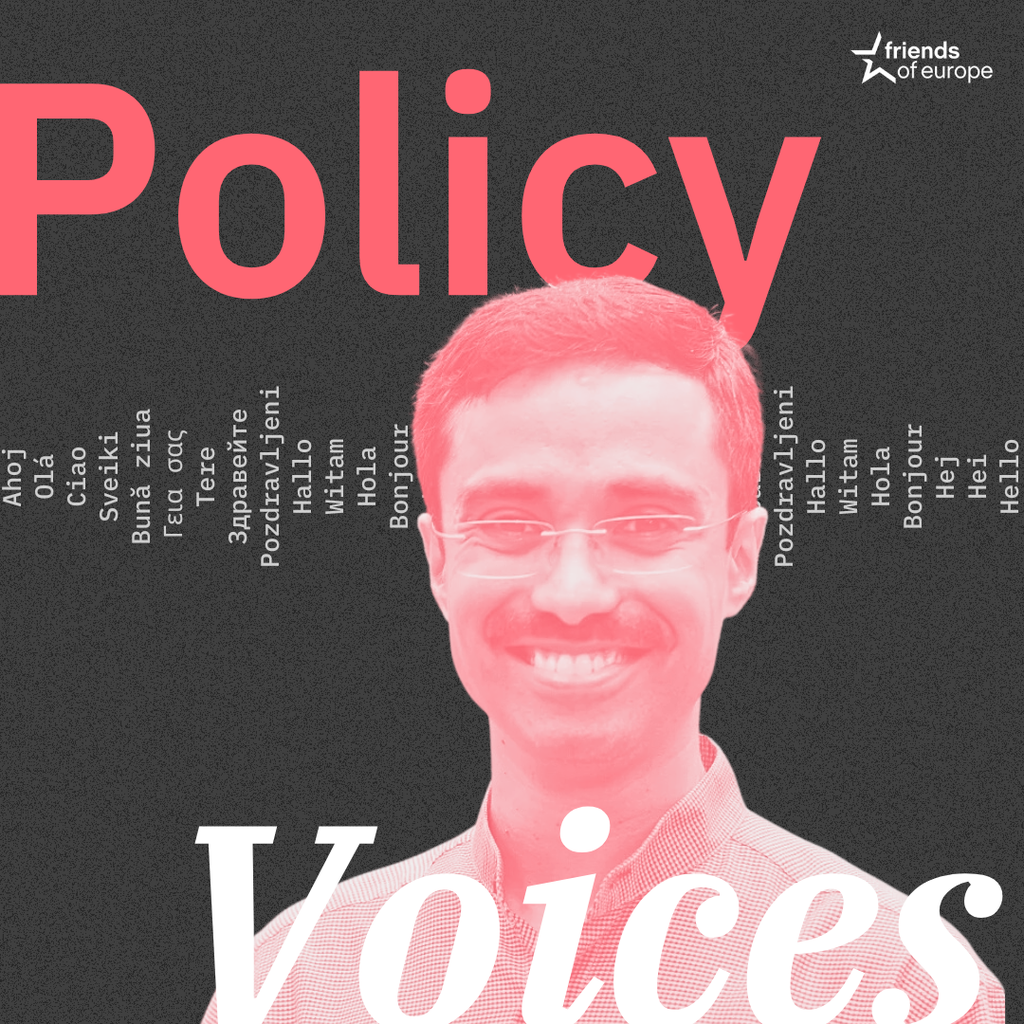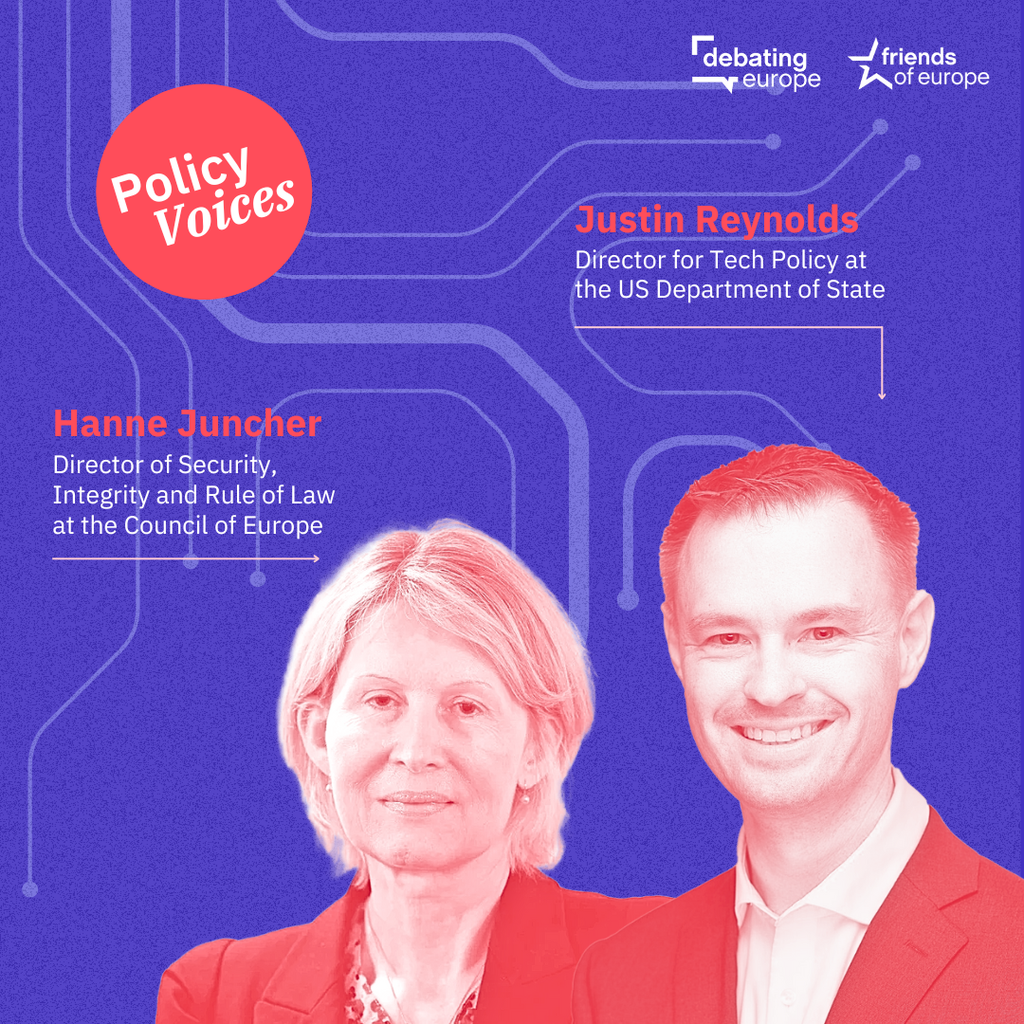A European agenda for space: resilience, security and sovereignty
Past event In person

- Area of Expertise
- Digital & Data Governance
Digital & Data Governance

Frank Westermann is Founder and CEO of mySugr
When I was diagnosed with type 1 diabetes 20 years ago, I soon discovered that managing diabetes is a full-time job.
Each day as a diabetic, you need to make around 50 therapy-related decisions, and every one of these decisions can be life-threatening. A mistake such as over-injecting insulin, for instance, is potentially fatal. The difficulties of managing my diabetes while travelling and working led me to ask myself how I could improve my therapy. When smartphones became a mass phenomenon, I realised that they could offer the solution I was looking for as they had the capacity to store all the diabetes data needed to make these daily decisions.
In 2012, I co-created mySugr, a health app that aims to ease the daily life of diabetes patients through data analysis and practical advice. Over the years, we grew from 4 to more than 30 employees in our headquarters in Austria. As many of my co-workers live with diabetes, the patients’ perspective is really at the heart of our project. Today, there are roughly 800,000 registered users of the application, 55% of which are based in the United States, 40% in Europe and the remaining 5% in other countries, including Australia and Canada. While mySugr continues to be Vienna-based, we have recently opened a physical office in San Diego to better connect with our American users.
In Europe, any form of digitalisation is frequently met with concerns, which oftentimes overshadow all positive aspects of digital innovation
mySugr started as a European company, but we have been active in the US for quite a long time. My experiences of operating across the Atlantic have given me a good perspective on the challenges faced by medical technology developers in both regions. Europe’s main advantage lies in the regulatory framework for medical devices: regulation is less strict and approval more easily gained, so many medical technology companies choose Europe to launch an innovation. However, there are other ways in which the United States presents a more attractive option for medical technology developers.
In Europe, any form of digitalisation is frequently met with concerns, for instance about data security, which oftentimes overshadow all positive aspects of digital innovation. In the US, however, the response to innovation is overwhelmingly positive, with investors focusing on potential benefits rather than potential setbacks. This optimism leads to greater investment, and developers seeking funding of $10m to $20m are much more likely to find it with American venture capital firms than in Europe.
This cultural divide in attitudes also extends to medical professionals. In the US, doctors are more likely to be open to digital innovation; even if they do not like it, they see the need to adapt to the changing landscape.
In Austria and Germany, doctors immediately perceive a risk for patients’ health and for data security, without understanding the potential benefits for patients and for themselves. They also mistrust a system that they see as financially unviable. It is challenging to persuade doctors to take the time to understand how the technology works and to accept that patients and other stakeholders should have access to data and the tools to process it.
An additional challenge in Europe is the lack of a centralised healthcare authority. In the US, guidelines on digital health are provided by a single agency, the Food and Drug Administration (FDA), while in Europe, each country has its own healthcare system. A single EU health authority would greatly help developers seeking to make their technology available across the continent.
Europe needs a mindset shift towards embracing digital innovation, and understanding its considerable potential for patients in improving quality of care and quality of life
The US holds a further advantage for me and other developers: the country, and specifically California, is the home of the world’s most successful technology companies. With our new US office, we gain a physical proximity to a strong diabetes technology cluster in the San Diego area and the Silicon Valley based companies just a short flight away.
The US is also a global centre for medical technology. Currently, one of the greatest innovations in diabetes diagnostics is continuous glucose monitoring, a small wearable device that monitors the glucose levels of diabetic patients throughout the day. Almost the whole market share of this technology is held by US companies. While this example is specific to diabetes, most digital innovation, in all fields of technology, is happening in the US.
In my opinion, Europe’s problem in encouraging and retaining developers in the field of medical technology does not lie in its regulatory framework, which does not present a significant barrier to the launch of new digital services.
Instead, Europe needs to make digital innovation a priority, competing in all areas of the technological market, rather than allowing the US to dominate the field. A single healthcare authority for Europe, with a single set of guidelines governing medical technology, would facilitate the development process and ease the availability of technology across Europe.
Finally, and perhaps most importantly, Europe needs a mindset shift towards embracing digital innovation, acknowledging the benefits it can bring to overburdened healthcare systems and overworked doctors, and understanding its considerable potential for patients in improving quality of care and quality of life.
This article is part of Friends of Europe’s upcoming discussion paper ‘Disruptive models of healthcare for Europe’, which brings together the views of Friends of Europe’s large network of health professionals, policymakers, scholars and business representatives on disruptive innovation for health. This discussion paper closes a series of three high-level roundtables that Friends of Europe organised last year to examine the steps needed to create “disruptive models” for overhauling and improving healthcare systems across the EU.
Past event In person

Next event In person & livestreamed

Past event Online

Past event In person





Stay informed
We use cookies and similar technologies to adjust your preferences, analyze traffic and measure the effectiveness of our campaigns. Learn more about our privacy policy.